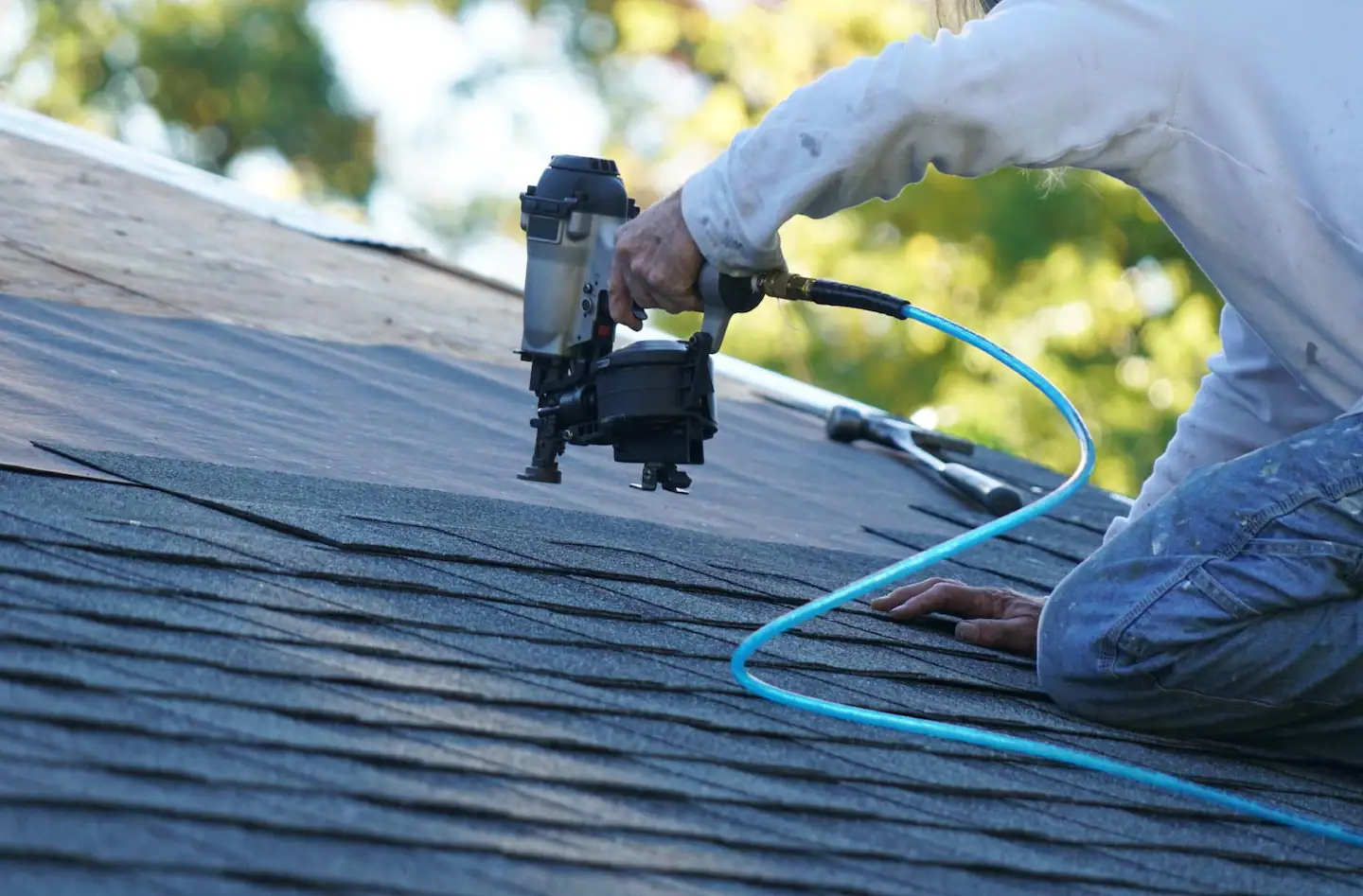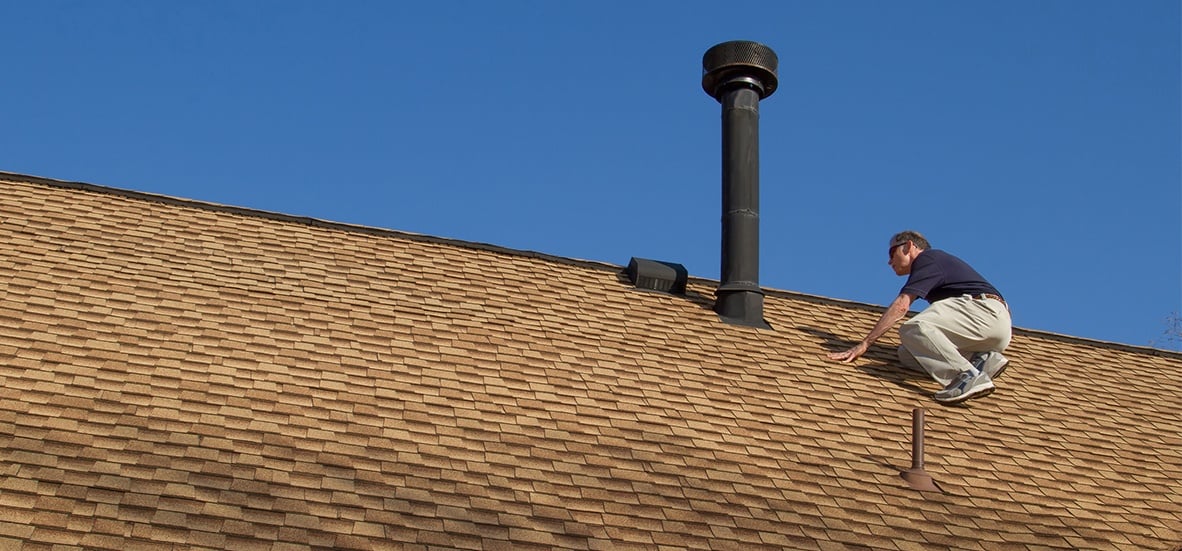Your roof is a significant investment and a crucial component of your home’s protection and structural integrity. Regular maintenance is essential to ensure its longevity and to prevent costly repairs.
Here’s a comprehensive guide to roof maintenance, including key tips, additional factors to consider, and why professional maintenance is crucial.
Tips for Roof Maintenance

- Regular Inspections: Conduct thorough inspections at least twice a year, in the spring and fall, to identify any signs of damage or wear.
- Clean Gutters: Clogged gutters can collect water on your roof, leading to leaks and water damage. Clean your gutters regularly to prevent this.
- Trim Overhanging Branches: Branches that overhang your roof can cause damage, especially during storms or high winds. Trim back branches to prevent them from rubbing against or falling onto your roof.
- Remove Debris: Clear any debris, such as leaves, twigs, and branches, from your roof to prevent moisture buildup and potential damage.
- Check for Pests: Inspect your roof for signs of pests, such as birds, squirrels, or insects, which can cause damage. Take steps to remove pests and prevent them from returning.
- Inspect Flashing and Seals: Check the flashing around chimneys, vents, and skylights for signs of damage or wear. Also, inspect seals for cracks or gaps allowing water to seep in.
- Repair Damage Promptly: Address any damage, such as missing or damaged shingles, leaks, or water damage, promptly to prevent further issues.
- Monitor Attic: Check your attic regularly for signs of water damage, such as staining or mold growth, which could indicate a roof leak. A storm damaged roof might also leak somewhere.
- Consider Roof Coating: Applying a roof coating can provide an additional layer of protection against the elements, extending the life of your roof.
Additional Factors to Consider

- Weather Conditions: Extreme weather conditions, such as heavy rain, snow, or high winds, can cause damage to your roof. Consider these factors when planning your maintenance schedule.
- Age of Roof: The age of your roof can affect its maintenance needs. Older roofs may require more frequent inspections and repairs.
- Material: Different roofing materials have varying maintenance requirements. Understand the maintenance needs of your specific roof material.
- Ventilation: Proper attic ventilation is essential for maintaining the temperature and humidity levels in your attic, which can affect the condition of your roof.
The Importance of Professional Maintenance
While you can perform basic roof maintenance tasks yourself, there are several benefits to hiring a professional roofing contractor for regular inspections and maintenance:
- Expertise: Roofing professionals have the knowledge and experience to identify potential issues that may go unnoticed by homeowners.
- Safety: Roof maintenance can be dangerous, especially for steep or high roofs. Professionals have the necessary safety equipment and training to work safely.
- Cost-Effectiveness: Regular professional maintenance can help identify and address minor issues before they become major, costly repairs.
- Warranty Compliance: Some roofing warranties require regular professional maintenance to remain valid. Professional maintenance ensures compliance with these requirements.
The Tools You Need

- Safety Gear: Safety should be your top priority when working on a roof. Invest in a sturdy pair of non-slip shoes or boots, a hard hat, safety glasses, and work gloves to protect yourself from falls and injuries.
- Ladder: A sturdy ladder is essential for safely accessing your roof. Choose a tall ladder that can reach your roof without overextending and has rubber feet to prevent slipping.
- Roofing Hammer: A roofing hammer, also known as a hatchet, is designed specifically for roofing work. It has a sharp blade for cutting shingles and a flat head for driving nails.
- Utility Knife: A knife with a sharp blade is useful for cutting roofing materials, such as shingles or flashing.
- Roofing Nails: Stock up on roofing nails in the appropriate size for your roofing material. Galvanized nails are best for durability and resistance to rust.
- Caulk Gun and Roofing Caulk: Caulk is used to seal gaps and cracks in flashing, vents, and other roof penetrations. A caulk gun makes it easier to apply the caulk evenly.
- Roofing Cement: Roofing cement, also known as roofing tar, is used to seal larger gaps or cracks in roofing materials. It provides a more permanent seal than caulk.
- Roofing Brush: A roofing brush with stiff bristles is useful for sweeping debris off your roof and out of gutters.
- Gutter Scoop: If you have gutters, a gutter scoop can make cleaning them easier and more efficient.
- Safety Harness: For steep roofs or when working near roof edges, a safety harness can provide an additional layer of protection against falls.
- Roof Rake: A roof rake is useful for removing snow and ice from your roof, especially in colder climates where snow buildup can cause damage.
- Binoculars: Binoculars can be handy for inspecting your roof from the ground or a ladder, allowing you to spot potential issues without climbing onto the roof.
With these essential tools, you’ll be well-equipped to perform regular maintenance on your roof and ensure its longevity and protection for years to come.
Conclusion
In conclusion, proper roof maintenance is essential for protecting your home and ensuring the longevity of your roof. By following the tips outlined in this guide, including regular inspections, cleaning, and repairs, you can prevent costly damage and extend the life of your roof.
Additionally, considering additional factors such as weather conditions, the age of your roof, and ventilation can help you tailor your maintenance plan to suit your needs.
Finally, while DIY maintenance is possible, hiring a professional roofing contractor for regular inspections and maintenance can provide expertise, safety, and cost-effectiveness, ensuring your roof remains in top condition for years.






